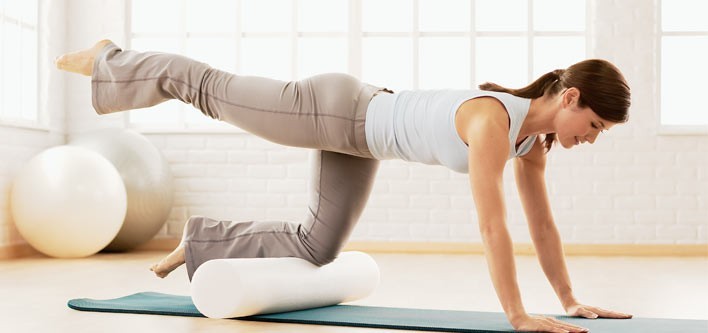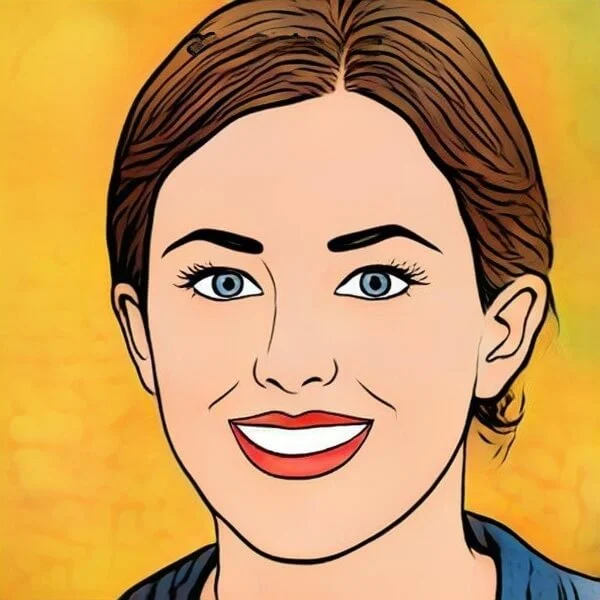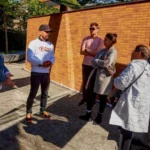STOTT PILATES®: Beginner’s Guide
Pilates was developed in Germany in the early 20th century by Joseph Pilates.
While there has been almost 100 years of research since Pilates was first introduced, purists believe that the exercise method should be taught sans modifications or variations.
However, contemporary proponents of the modernized version of Pilates like Moira Merrithew believe otherwise.
In essence, STOTT PILATES® is a progressive approach to Pilates. It still banks on the principles taught by Joseph Pilates but it incorporates modern knowledge about the body.
Integrated in STOTT PILATES® are contemporary principles of spinal rehabilitation and exercise science.

History
The STOTT PILATES® method under MerrithewTM was developed in the 1980s and is being continuously refined by Lindsay G. Merrithew and Moira Merrithew.
Both have spent more than two decades refining the method by collaborating with fitness and sports medicine professionals as well as physical therapists. This is to ensure the practice is aligned with the latest in biomechanical and scientific research.
Moira Merrithew trained under Romana Kryzanowska, a known Joseph Pilates protégé. She was a principal dancer with the City Ballet of Toronto and the Atlantic Ballet Company.
Lindsay and Moira Merrithew developed their own STOTT PILATES® equipment line because they realized the original Pilates equipment designs will entail the user make the necessary adjustments to the machine instead of the other way around.
In 1990, Lindsay G. Merrithew developed their STOTT PILATES® equipment line equipped with the capability to accommodate users regardless of the height.
On September 9, 2008, their company started offering Pilates certification and trainings. They have so far 24,000 trained instructors in 96 countries.
Feature
The primary difference between traditional Pilates and STOTT PILATES® is the neutral spine. The conventional method uses the imprinted spine in its exercises positions. For the uninitiated, imprinted position means the back is in a flat position. The imprinted position is once believed to be the position that can correct a sway back.
Physical therapists however eventually discovered that walking around in pelvic tilt or constant flat back can result to just as much spinal friction as an arched back.
In essence, STOTT PILATES® exercises have been designed to help rebalance the muscles around the joints and restore the spine’s natural curves. This is done by placing more focus and emphasis on scapular and pelvic stabilization as well as integration of all the body’s parts into one.
In STOTT PILATES®, stabilizing the scapulae (shoulder blades) found on the back of the rib cage is given as much importance as contracting the abs during exercise. This will help ensure both the upper shoulders and neck will not be strained.
Modifications and preparatory exercises make the technique apt for practitioners with diverse abilities and body types, making the method applicable to everyday life and sport-specific trainings.

Benefits
One of the most effective and safest exercise programs available, STOTT PILATES® is comprised of hundreds of exercises that are customizable to fit individual needs.
The neuro-muscular technique is designed to lengthen and tone the muscles, enhance back and abdominal strength, reduce lower back and joint stress, improve body mechanics and posture, and balance strength with flexibility.
The seemingly dance-like and smooth motions coupled with proper breathing will surely make participants feel refreshed as opposed to exhausted.
Other benefits of STOTT PILATES® include:
- Leaner and longer muscles (more freedom of movement and less bulk)
- Improved posture
- Ease of movement and enhanced functional fitness
- Balanced flexibility and strength
- Improved sports performance (football, cycling, golf, ruby, skiing, cricket, running, rugby, etc.)
- Improved body awareness
- Easy on the joints and low-impact
- Enhanced circulation, coordination, and balance
- Decrease in back pains and other general aches
- Helps prevent injury and complements other exercise methods
Can be customized to suit all participants from elite athletes to rehab patients

Ethel Jones has been to over 100 countries, has a penchant for all things food, and is also an experienced mountaineer. She loves nothing more than exploring the world on her own terms.











